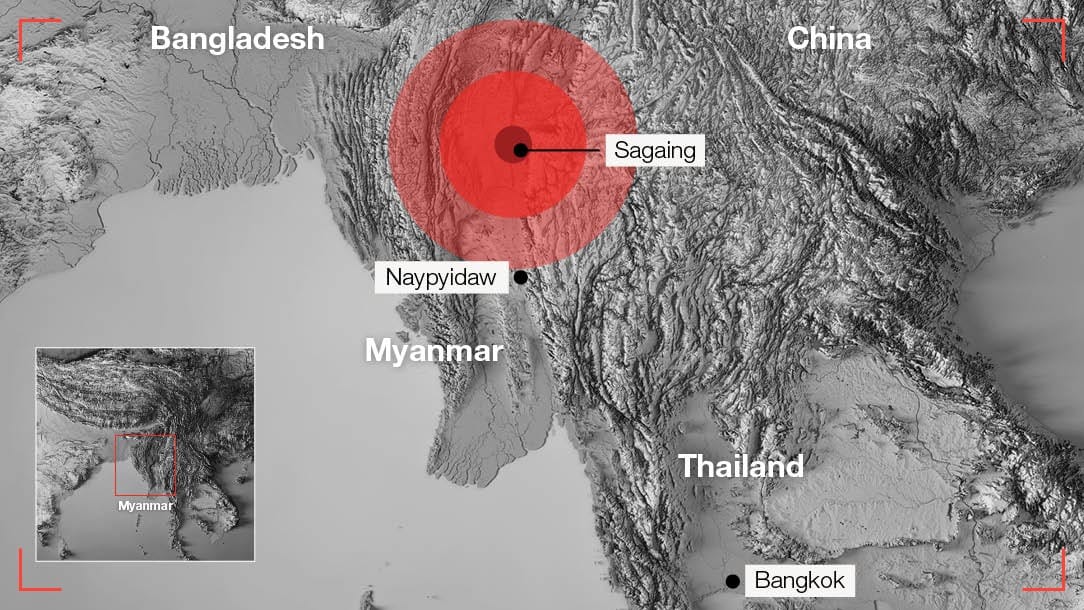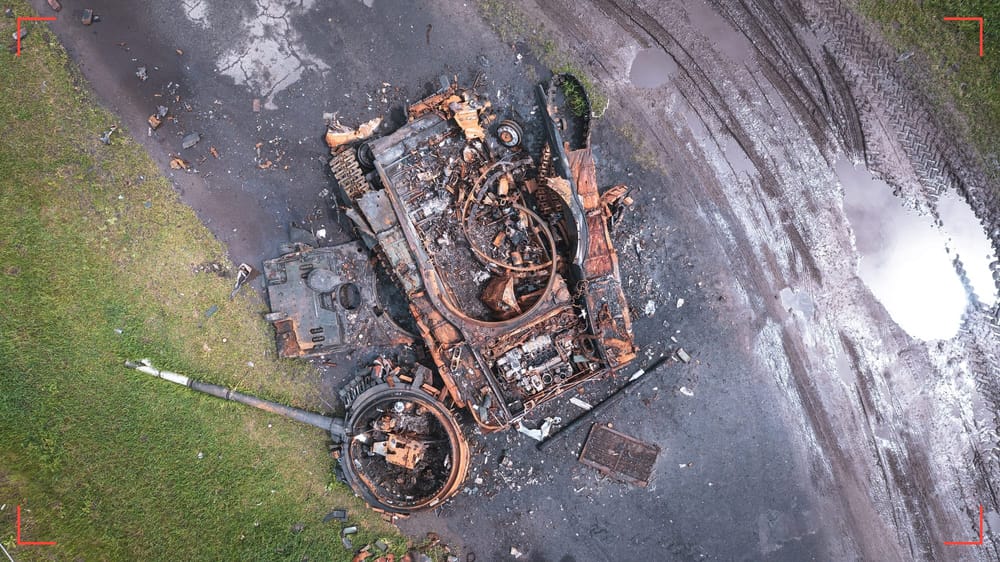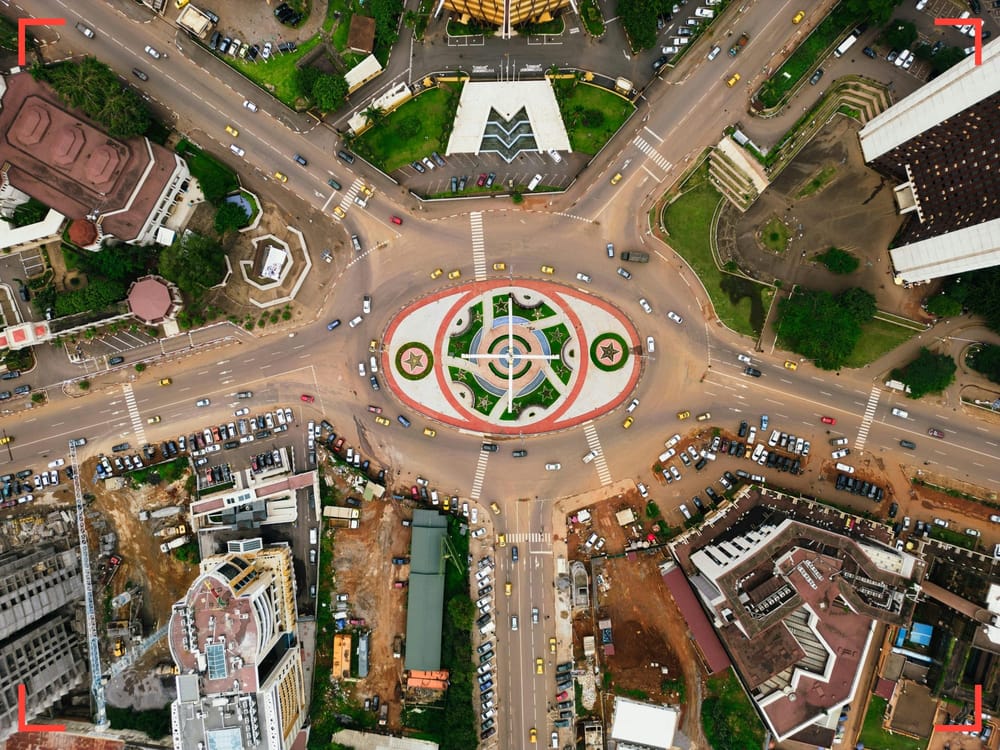Myanmar Earthquake Disaster Response: Situation Report
Situation report relate to ongoing disaster response operations

Table of Content
Remaining content is for members only.
Please become a free member to unlock this article and more content.
Subscribe Now



